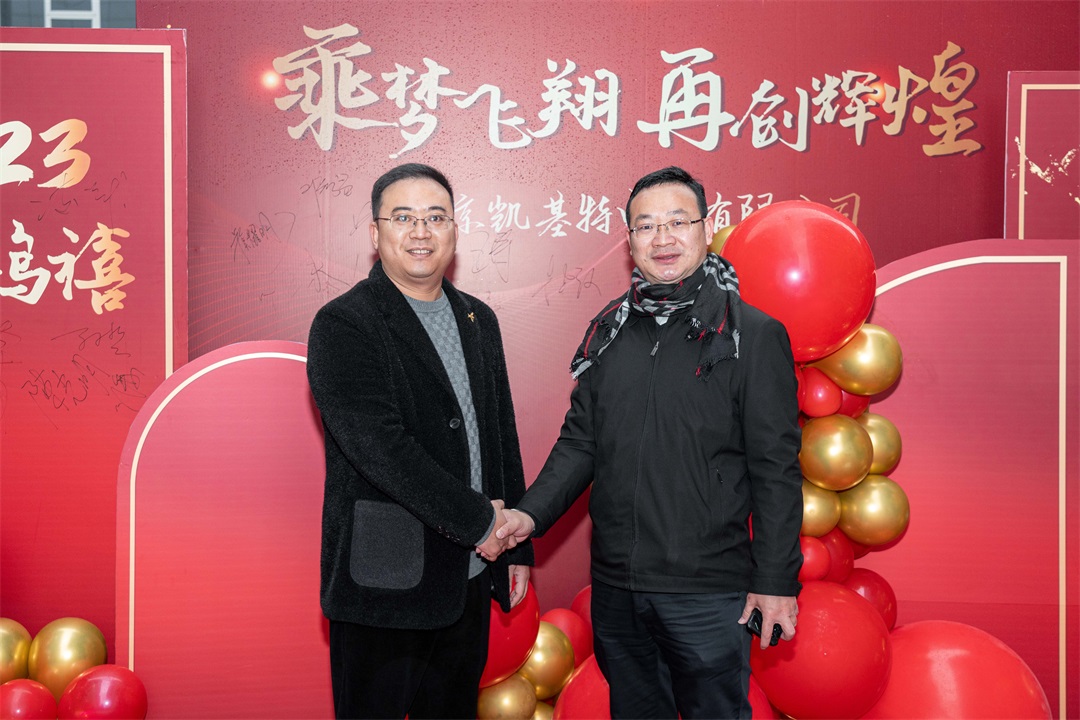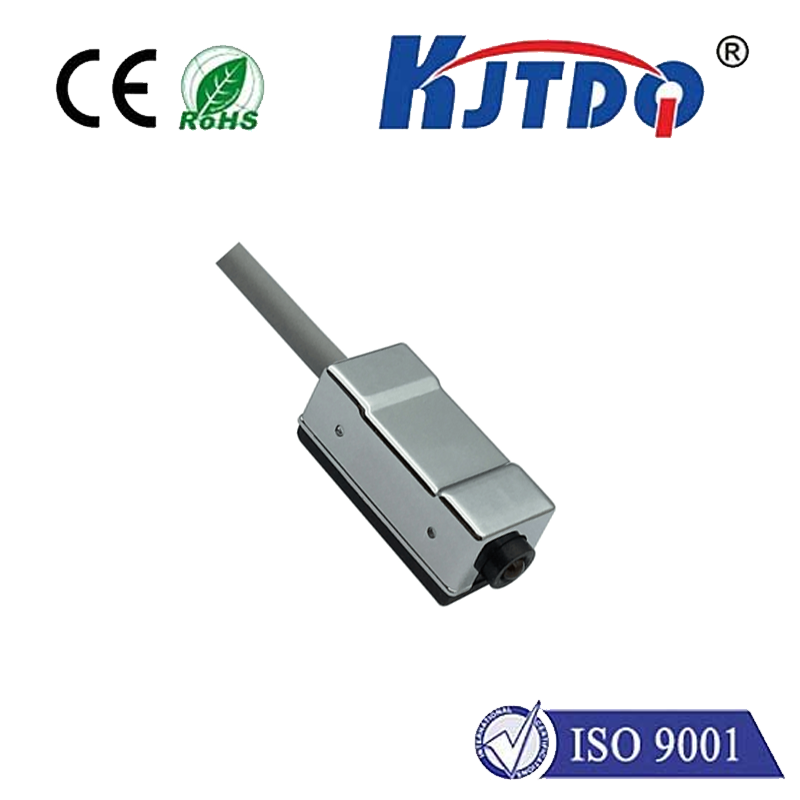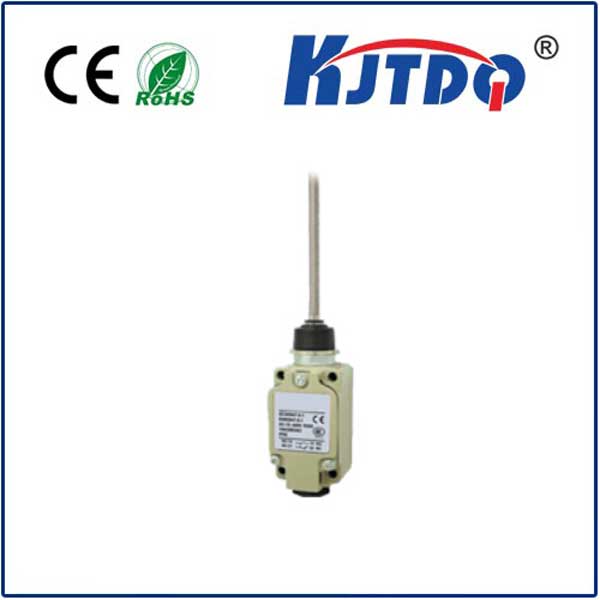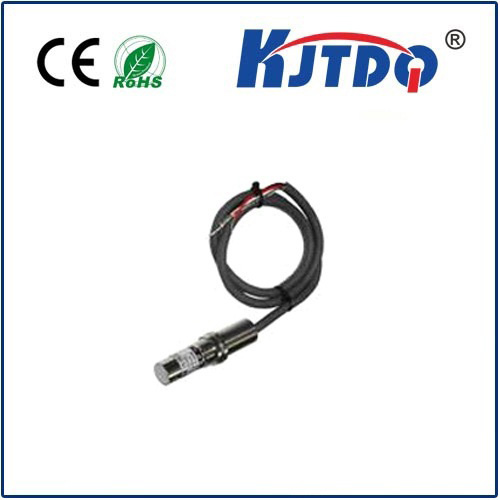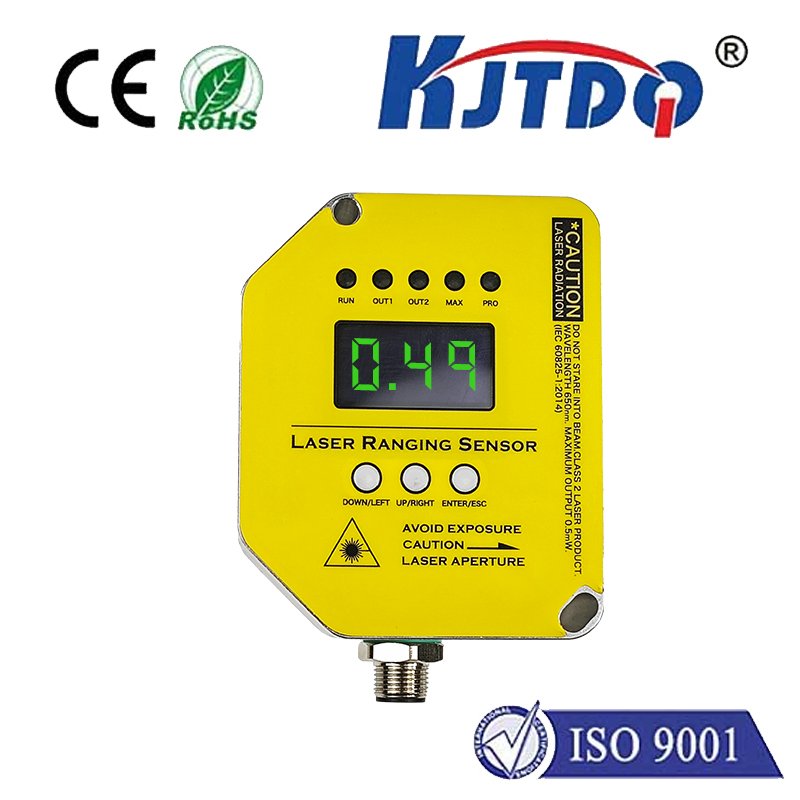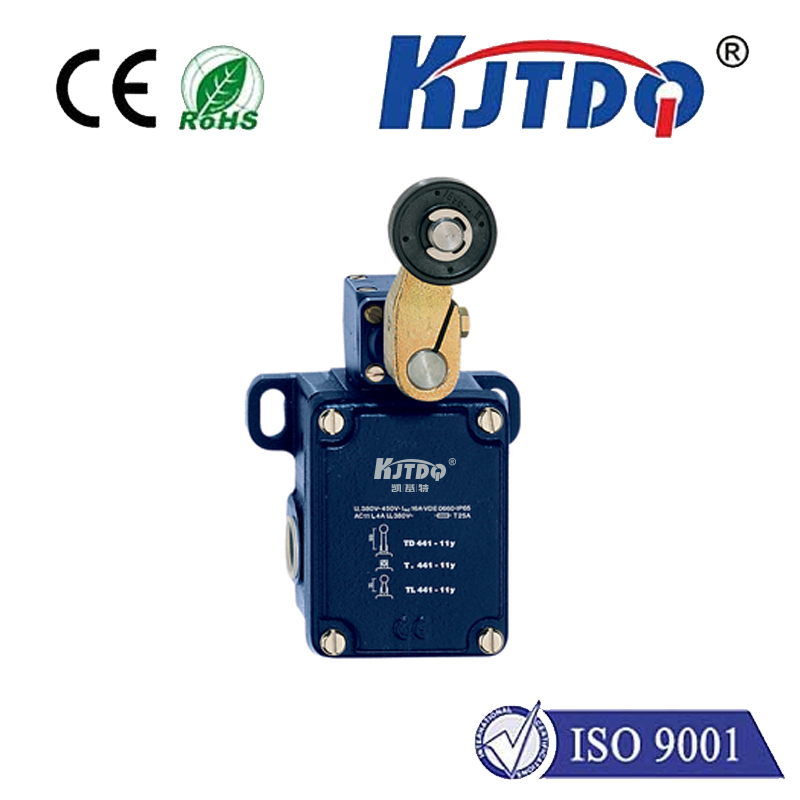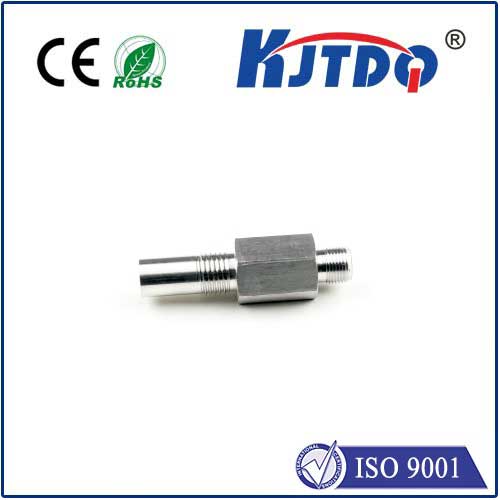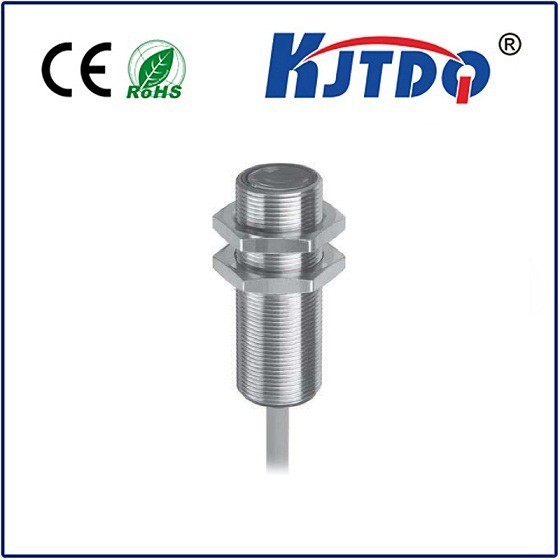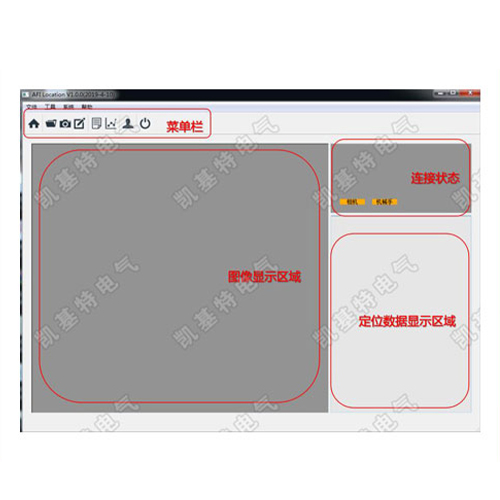inductive touch sensor
- time:2025-06-18 01:03:34
- Нажмите:0
Inductive Touch Sensors: The Reliable, Non-Contact Interface Revolutionizing Control
Forget sticky buttons and worn-out switches. Imagine controlling sophisticated machinery, sleek elevator panels, or hygienic medical devices with just a close proximity touch – no physical contact needed, and impervious to grime, liquids, or gloves. This isn’t science fiction; it’s the reality powered by inductive touch sensor technology. Moving beyond traditional mechanical controls and even capacitive screens, these sensors offer unparalleled reliability and durability in demanding environments, making them the silent workhorse of modern industrial and commercial interfaces.
Demystifying the “Inductive” in Touch
Unlike capacitive sensors (common in smartphones) that detect the electrical properties of your finger, or resistive sensors relying on physical pressure, inductive touch sensors operate on the principles of electromagnetic induction. Discovered by Michael Faraday, this phenomenon describes how a changing magnetic field induces a current in a nearby conductor.
Here’s a simplified breakdown of how an индукционный датчик приближения functions as a touch interface:

- The Generating Coil: The sensor contains a coil of wire through which an oscillating electrical current flows. This current creates a dynamic (constantly changing) magnetic field radiating outwards from the coil. This is the sensor’s active element.
- The Target Interaction: When a conductive object – most commonly a human finger, but also a metal stylus or designated actuator – enters this magnetic field, something significant occurs. The changing magnetic field induces small circulating electrical currents, known as eddy currents, within the conductive target.
- Energy Drain Detection: The creation of these eddy currents requires energy. This energy is drawn from the coil’s own oscillating circuit within the sensor. The critical effect is a measurable reduction in the amplitude (strength) of the oscillation in the sensor’s coil circuit.
- Signal Processing: Sophisticated electronic circuitry continuously monitors the oscillation amplitude of the coil. When the system detects a significant drop in this amplitude – specifically caused by the energy loss due to eddy currents induced in a nearby target – it interprets this event as a “touch” or activation signal.
- Output Trigger: The sensor’s electronics then generate a clean, digital output signal (e.g., switching from HIGH to LOW, or LOW to HIGH) that can be fed directly into a microcontroller, PLC (Programmable Logic Controller), or other control system to initiate the desired action – turning on a light, starting a machine, or calling an elevator.
Why Choose Inductive Touch? Key Advantages for Demanding Applications
The underlying physics grants inductive touch sensors several compelling advantages, particularly where traditional interfaces falter:
- Extreme Environmental Resilience: Impervious to dust, dirt, oils, moisture, water jets, and cleaning chemicals. They function flawlessly on factory floors, in food processing plants, outdoors, or in medical settings where hygiene is paramount. Sealed completely, there are no moving parts or crevices for contaminants to enter.
- True Non-Contact Operation: Activation occurs through proximity, eliminating physical wear and tear. The sensor surface itself remains untouched, enhancing longevity. This also means zero mechanical fatigue – a crucial factor for high-traffic applications like public elevators or ATMs.
- Glove Compatibility: Unlike capacitive sensors which typically require a bare finger, inductive sensors work reliably through most types of work gloves (leather, nitrile, cloth), safety gloves, and even thin environmental protection barriers. This is indispensable in industrial and safety-critical environments.
- Immunity to Environmental Noise: Highly resistant to electromagnetic interference (EMI) and electrical noise, common challenges in industrial settings packed with motors, drives, and welding equipment.
- Sensing Through Barriers: One of the most versatile features is the ability to activate the sensor through non-conductive, non-ferromagnetic materials like glass, plastic, wood, or ceramic tiles. This allows for completely sealed, flat, and visually appealing control panels where the sensor electronics are hidden behind an aesthetically pleasing front surface. No visible buttons needed!
- Long Operational Lifespan: With no physical contact required for activation and robust electronic construction, these sensors boast an exceptionally long service life, significantly reducing maintenance costs and downtime.
Inductive Touch vs. Capacitive Touch: Understanding the Differences
While both are “touchless” in the sense of not needing physical force, their operating principles and ideal uses differ significantly:
| Особенности |
Inductive Touch Sensor |
Capacitive Touch Sensor |
| Detection Principle |
Eddy currents induced in conductor |
Change in capacitance from finger |
| Activation Target |
Conductive objects (finger, metal) |
Conductive objects (usually bare finger) |
| Glove Operation |
✔️ Works with most gloves |
✘ Typically requires bare skin |
| Barrier Operation |
✔️ Functions through non-conductive materials |
✘ Requires direct access or thin barrier |
| Environmental Resilience |
✔️ Highly resistant to contaminants |
✘ Vulnerable to moisture, contaminants |
| EMI Resistance |
✔️ Excellent noise immunity |
✘ More susceptible to interference |
| Ideal Use Cases |
Industrial controls, medical devices, elevators |
Consumer electronics, touchscreens, appliances |
Where Inductive Touch Shines: Diverse Applications
The unique blend of ruggedness, reliability, and non-contact operation makes inductive touch sensors the preferred choice across numerous sectors:
- Industrial Automation & Machinery: Control panels for CNC machines, presses, robotic cells, assembly lines. Resists coolant, metal chips, oil, and heavy glove usage. Operator safety is enhanced by enabling controls through protective guards.
- Elevators & Access Control: Elevator call buttons and floor selection panels in high-traffic public buildings, hospitals, and dirty environments. Survives constant use, vandalism attempts, and frequent cleaning. Hygienic and reliable.
- Medical & Laboratory Equipment: Interfaces for diagnostic devices, surgical equipment, analyzers where sterility, chemical resistance, and glove operation are non-negotiable. Precision and cleanliness guaranteed.
- Appliances & White Goods: Premium cooktops (induction hobs), ovens, dishwashers, washing machines where steam, spills, and wet hands are common. Provides seamless, easy-to-clean surfaces.
- Outdoor & Harsh Environments: Kiosks, ATMs, ticketing machines, agricultural controls, marine applications exposed to weather, rain, and temperature extremes. Built for toughness.
- Automotive Interfaces: Interior controls (potentially behind surfaces) and robust external sensors where reliability under all conditions is paramount.
The Future Touch: Continuous Evolution
While the core principle remains, inductive touch sensor technology is continually evolving. Advancements focus on:
- Enhanced Sensitivity: Detecting smaller targets or achieving activation at slightly greater distances while maintaining immunity to false triggers.
- Multi-Touch Capabilities: Developing configurations that can sense the proximity of multiple targets simultaneously for more complex interfaces.
- Miniaturization & Integration: Creating smaller sensor designs and integrating control electronics more tightly for space-constrained applications and more flexible design possibilities. Smarter integration with IoT systems is also a growing trend.
- Power Efficiency: Optimizing circuits for lower power consumption, crucial for battery-operated devices.
Choosing the right touch technology is critical for the performance, longevity, and user experience of any interface. When the application demands uncompromising reliability in the face of dirt, liquids, extreme temperatures, EMI, or





